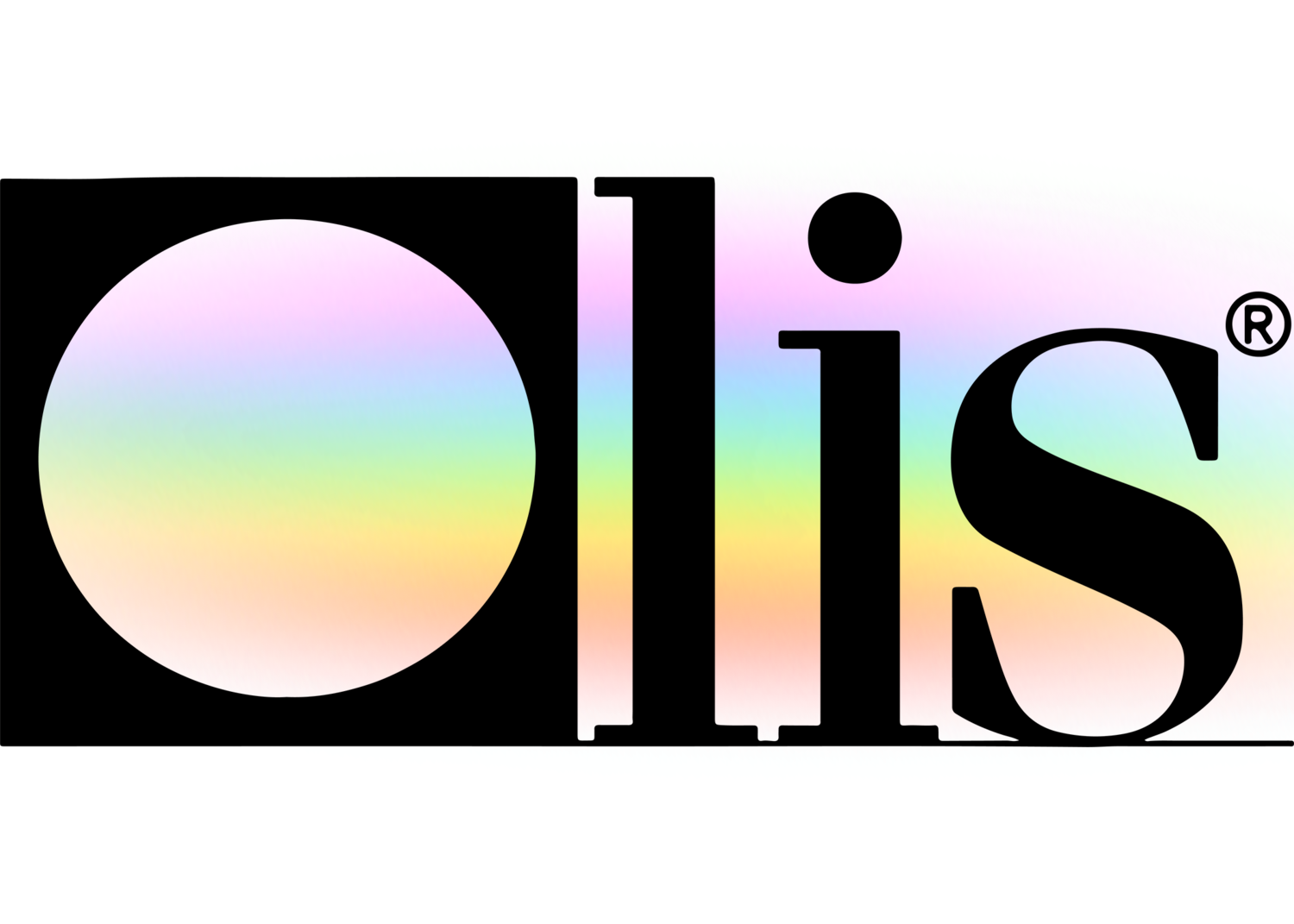Unknown Facts About Uv/vis/nir
Branch of spectroscopy Table-top spectrophotometer Beckman IR-1 Spectrophotometer, ca. 1941 Beckman Model DB Spectrophotometer (a double beam design), 1960 Hand-held spectrophotometer utilized in graphic industry Spectrophotometry is a branch of electro-magnetic spectroscopy concerned with the quantitative measurement of the reflection or transmission homes of a product as a function of wavelength.
Spectrophotometry is a tool that hinges on the quantitative analysis of particles depending on how much light is soaked up by colored substances.
How Circularly Polarized Luminescence can Save You Time, Stress, and Money.
A spectrophotometer is frequently utilized for the measurement of transmittance or reflectance of options, transparent or nontransparent solids, such as refined glass, or gases. Although many biochemicals are colored, as in, they soak up noticeable light and for that reason can be measured by colorimetric treatments, even colorless biochemicals can typically be converted to colored substances suitable for chromogenic color-forming reactions to yield substances appropriate for colorimetric analysis.: 65 However, they can also be developed to determine the diffusivity on any of the noted light varieties that typically cover around 2002500 nm using different controls and calibrations.
An example of an experiment in which spectrophotometry is used is the determination of the equilibrium constant of a solution. A certain chain reaction within a service might take place in a forward and reverse instructions, where reactants form items and items break down into reactants. At some time, this chemical response will reach a point of balance called a balance point.
Circularly Polarized Luminescence Things To Know Before You Get This
The amount of light that travels through the service is a sign of the concentration of specific chemicals that do not permit light to travel through. The absorption of light is due to the interaction of light with the electronic and vibrational modes of molecules. Each kind of particle has a private set of energy levels associated with the makeup of its chemical bonds and nuclei and thus will soak up light of specific wavelengths, or energies, resulting in distinct spectral properties.
Using spectrophotometers spans numerous clinical fields, such as physics, products science, chemistry, biochemistry. UV/Vis, chemical engineering, and molecular biology. They are widely used in lots of markets consisting of semiconductors, laser and optical manufacturing, printing and forensic evaluation, in addition to in laboratories for the research study of chemical substances. Spectrophotometry is often utilized in measurements of enzyme activities, decisions of protein concentrations, decisions of enzymatic kinetic constants, and measurements of ligand binding reactions.: 65 Ultimately, a spectrophotometer has the ability to determine, depending on the control or calibration, what compounds exist in a target and precisely just how much through estimations of observed wavelengths.
Created by Arnold O. Beckman in 1940 [], the spectrophotometer was produced with the aid of his associates at his company National Technical Laboratories founded in 1935 which would end up being Beckman Instrument Company and eventually Beckman Coulter. This would come as a service to the previously produced spectrophotometers which were unable to take in the ultraviolet correctly.
Fascination About Spectrophotometers
It would be found that this did not give satisfactory outcomes, therefore in Model B, there was a shift from a glass to a quartz prism which allowed for much better absorbance outcomes - circularly polarized luminescence (https://urlscan.io/result/3823bc3a-74b6-4d0f-8f09-522e983b4d26/). From there, Design C was born with an adjustment to the wavelength resolution which wound up having three units of it produced
It irradiates the sample with polychromatic light which the sample absorbs depending upon its residential or commercial properties. It is sent back by grating the photodiode selection which spots the wavelength region of the spectrum. Because then, the creation and execution of spectrophotometry gadgets has actually increased immensely and has turned into one of the most ingenious instruments of our time.
The 9-Second Trick For Circularly Polarized Luminescence
Historically, spectrophotometers utilize a monochromator including a diffraction grating to produce the analytical spectrum. The grating can either be movable or fixed. If a single detector, such as a photomultiplier tube or photodiode is utilized, the grating can be scanned stepwise (scanning spectrophotometer) so that the detector can measure the light strength at each wavelength (which will represent each "step").
In such systems, the why not find out more grating is repaired and the intensity of each wavelength of light is measured by a different detector in the array. In addition, most contemporary mid-infrared spectrophotometers use a Fourier change method to get the spectral info - http://www.video-bookmark.com/bookmark/6114703/olis-clarity/. This strategy is called Fourier transform infrared spectroscopy. When making transmission measurements, the spectrophotometer quantitatively compares the portion of light that goes through a referral service and a test solution, then electronically compares the intensities of the two signals and calculates the percentage of transmission of the sample compared to the recommendation requirement.

Comments on “What Does Uv/vis/nir Do?”